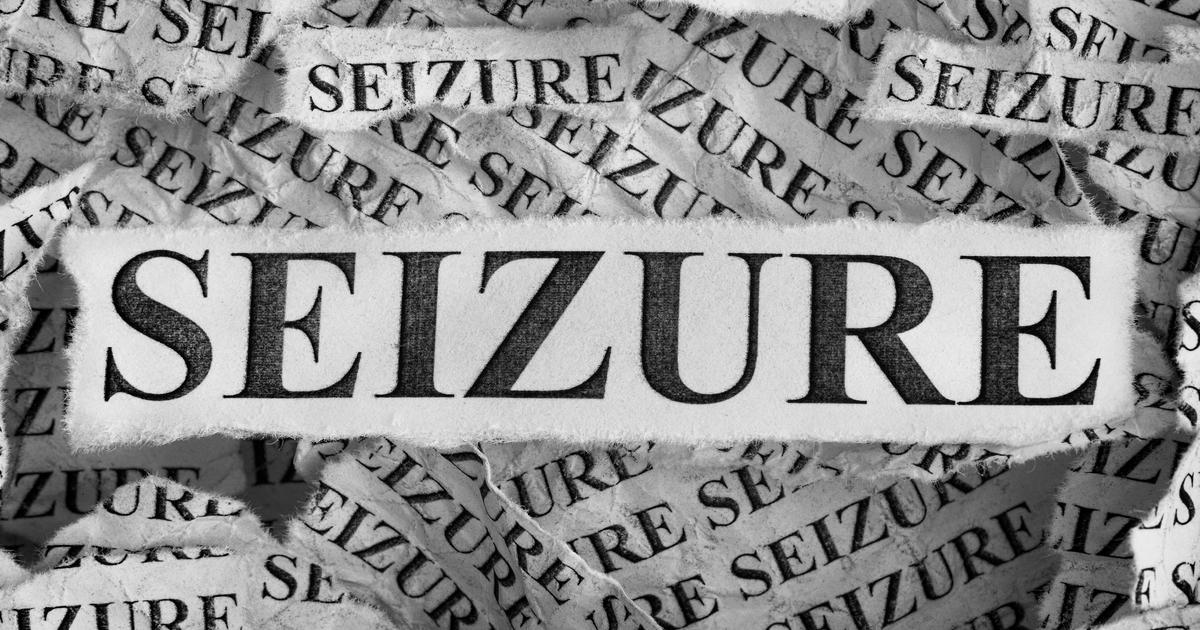Serious Symptoms Of A Subarachnoid Hemorrhage
A subarachnoid hemorrhage, a life-threatening type of stroke, occurs when there's bleeding in the brain. When this hemorrhage occurs, blood pools in the space between the brain and the membrane surrounding the brain tissue, otherwise known as the subarachnoid space. The bleeding is usually caused by a ruptured aneurysm in the brain. It can also sometimes be caused by abnormal blood vessel formations in the brain, a traumatic impact, or other health issues. If not treated immediately, this hemorrhage can cause permanent brain damage, permanent disability, and death.
Of course, in order for effective treatment to occur when necessary, individuals need to be familiar with the warning signs of a subarachnoid hemorrhage. With that in mind, start reading now!
Thunderclap Headache

A thunderclap headache is a sudden and extreme type of headache. This headache is often described as being the worst pain the individual has felt in their life, even more intense than migraines. Unlike other types of headaches, a thunderclap headache appears suddenly and at full force, quite a bit like a clap of thunder, but inside the head instead. The headache will reach the peak of pain intensity within a single minute. To be classified as a thunderclap headache, the pain must continue for a minimum of five minutes. When related to a subarachnoid hemorrhage, the headache will often strike with no warning. It is important to note, however, some individuals do experience these headaches without an underlying cause, but because they're more often caused by a subarachnoid hemorrhage or other serious neurological conditions, patients should seek emergency medical treatment right away. While migraines are common, thunderclap headaches occur in fewer than fifty out of every 100,000 adults per year. They're usually related to bleeding or pressure in and around the brain.
Uncover more symptoms of a subarachnoid hemorrhage now.
Neck Stiffness

Neck stiffness might occur alongside or immediately following the thunderclap headache. It's unlikely that neck stiffness without an accompanying headache is an indicator of bleeding in the brain. There are dozens of potential causes of stiffness in the neck, many of which are commonplace. Meanwhile, only about thirty thousand subarachnoid hemorrhage cases are reported in the United States every year, which means only ten out of every 100,000 individuals experience them. Stiffness in the neck usually feels like soreness, and it might become worse when individuals move their neck or turn their head from side to side. The most common cause of neck stiffness is muscle strain or fatigue. Individuals can easily strain their muscles by sleeping on their neck wrong or accidentally moving the wrong way. Sometimes neck stiffness will be accompanied by a persistent, low-level headache when the muscles in the upper back or back of the neck are affected, though unless it's a thunderclap headache, it's not likely a subarachnoid hemorrhage.
Learn more about the warning signs of a subarachnoid hemorrhage now.
Nausea and Vomiting

After the headache, patients might experience nausea and vomiting. This tends to occur fairly rapidly alongside pain and other neurological symptoms. If an individual has experienced the kind of headache typical of a subarachnoid hemorrhage, they should seek emergency medical treatment, especially if they begin vomiting afterward. The nausea and vomiting occur because of the bleeding causing the body to feel wrong. If patients are experiencing uncontrollable nausea and vomiting suddenly and without any apparent cause, they should seek medical treatment immediately to rule out medical emergencies. While it's unlikely the symptoms are related to a subarachnoid hemorrhage when they don't involve a headache, they might be related to another kind of bleeding in the brain, a ruptured stomach ulcer, or any number of problems with the digestive system. The body's systems are all carefully calibrated to work together, and the brain is what coordinates everything. When the brain is disrupted, everything is disrupted.
Read more about the symptoms of a subarachnoid hemorrhage now.
Seizures

A subarachnoid hemorrhage is a stroke. It will often present with debilitating neurological symptoms like seizures. The seizures may occur alongside a thunderclap headache or immediately after it. If individuals experience a seizure for no known reason, they should seek emergency medical treatment to make sure a serious underlying condition isn't causing it. Some patients might experience seizures without a known underlying cause. In addition, seizures might be caused by medication side effects. There are several types of seizures, though there's no guarantee which will occur following a subarachnoid hemorrhage. The most easily recognized is a grand mal seizure, which occurs when there is abnormal electrical activity moving through both halves of the brain. It causes a patient to fall to the ground and experience spastic muscle movements, along with a loss of consciousness. Because of the way the blood affects the brain during a subarachnoid hemorrhage, a patient may be more susceptible to a generalized seizure than a focal one. Focal seizures occur when there's abnormal electrical activity in just one portion of the brain.
Get more details on the warning signs of a subarachnoid hemorrhage now.
Decreased Consciousness

A subarachnoid hemorrhage will often present with decreased consciousness that might include a full loss of consciousness. The patient may become disoriented and confused about where they are, what's going on, or how to communicate. Their speech may be slurred, and fatigue and feelings of apathy or depression may come on suddenly. An individual's consciousness may be partially impaired in terms of their cognition, ability to interpret sensory data, or ability to reason. Total loss of consciousness is a serious symptom that requires immediate medical intervention. Time is of the essence in these cases. A loss of consciousness indicates the bleeding into the brain is causing severe enough functional impairment so the affected individual can no longer stay awake. The loss of consciousness is likely to lead to death if the patient doesn't receive medical intervention.